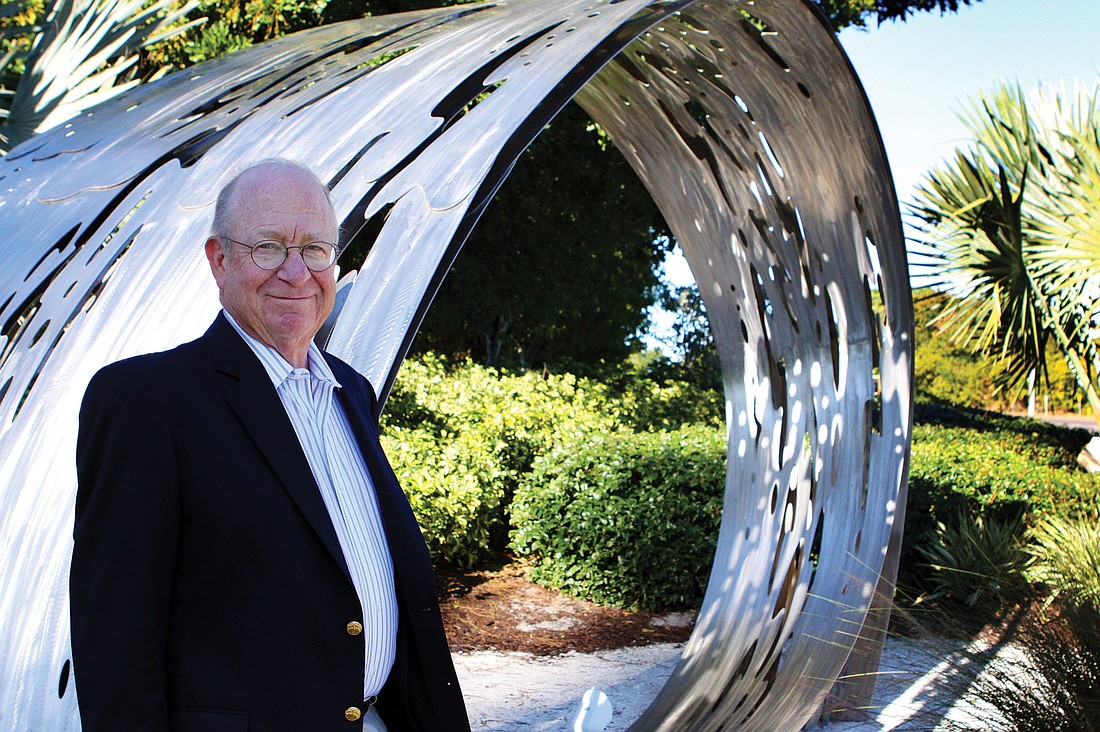- April 30, 2024
-
-
Loading

Loading

Claude Engle decided to try out for Princeton’s Triangle Club after working on the lighting for its productions. He sang, “You Gotta Have Heart” from the musical, “Damn Yankees,” did a cartwheel and practically vaulted himself into the orchestra pit. He had heart, but his lack of coordination kept him doing what he was most talented at — the lighting.
His first project, The U.S. Pavilion, Expo, in Montreal, Canada, came about because architect Bruce Graham sought him out in 1967. “Would you like to work on some buildings?” he asked him.
“Theater was more of an adrenaline rush, and, at first, I missed it a great deal,” Engle says. “But, then, you realize buildings have permanence and a significance to the world.”
From the U.S. Pavilion, Expo, he built an impressive resumé lighting buildings such as the first World Trade Center buildings; Avery Fisher Hall, in New York; Centre George Pompidou, in Paris; The Washington Mall; the Kennedy Center for Performing Arts; and the Grand Louvre, to name a few.
Up until the mid-’70s, as one of the few lighting experts at that time, Engle was traveling to four cities each week: Detroit, Houston, Chicago and New York City. Then, he expanded to international locations such as Hong Kong, Australia, London, Germany, France, Tokyo, Singapore and Italy.
“What we did was apply the creative thought process of theater to architecture,” he says.
Engle works with architects to define what they think their buildings should look like.
For instance, when working on an airport, the design theme focused on the act of flying and the excitement of a plane rising into the air. The lighting was designed in a way that highlighted the planes coming and going, rather than the typical emphasis on shopping. In the Louvre courtyard, the team decided they wanted it to feel like the moon was naturally lighting the sculptures.
Engle talks about the feeling lighting can portray and quotes opera stage designer fAdolphe Appia: “Good lighting is never seen,” he says.
Although he is semi-retired, he still works half the time. He works with his son, also named Claude Engle. His son, like himself, didn’t study architectural lighting. His son studied poetry, but while he was living in Barcelona, he did the lighting for dance concerts.
“I was so impressed by what he had done, so I asked him the same thing that architect asked me, ‘Would you like to work on some buildings?’” he says.